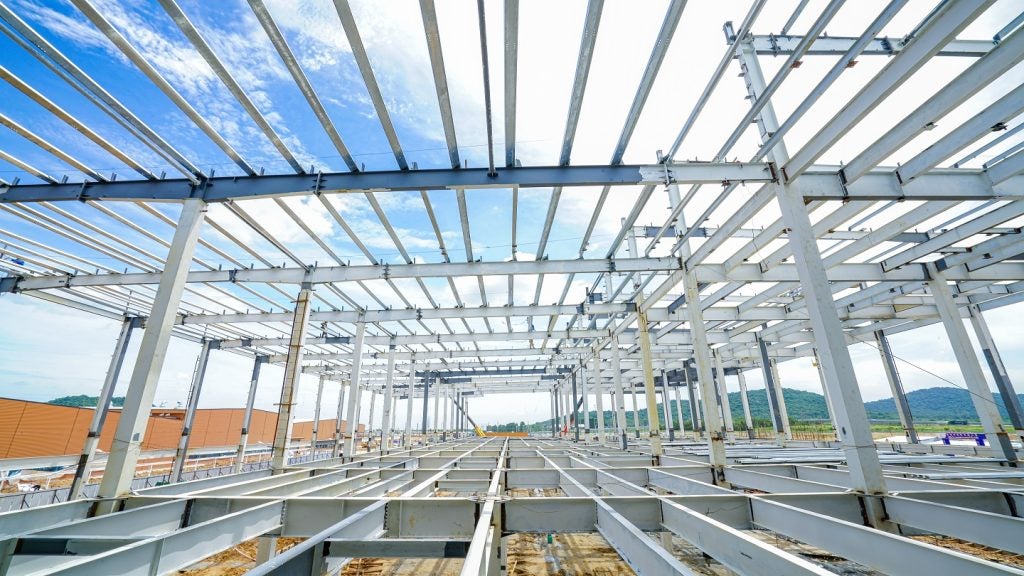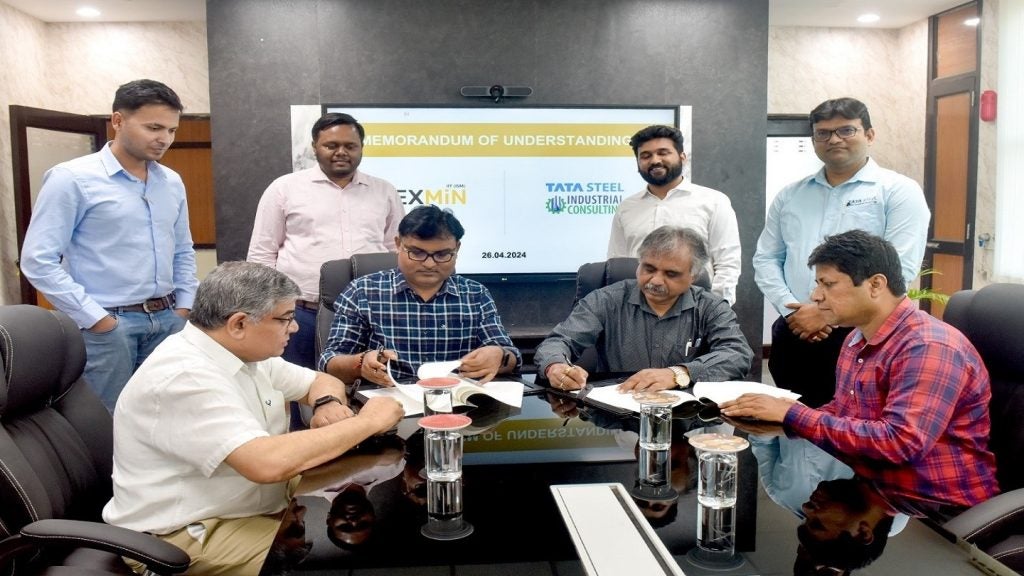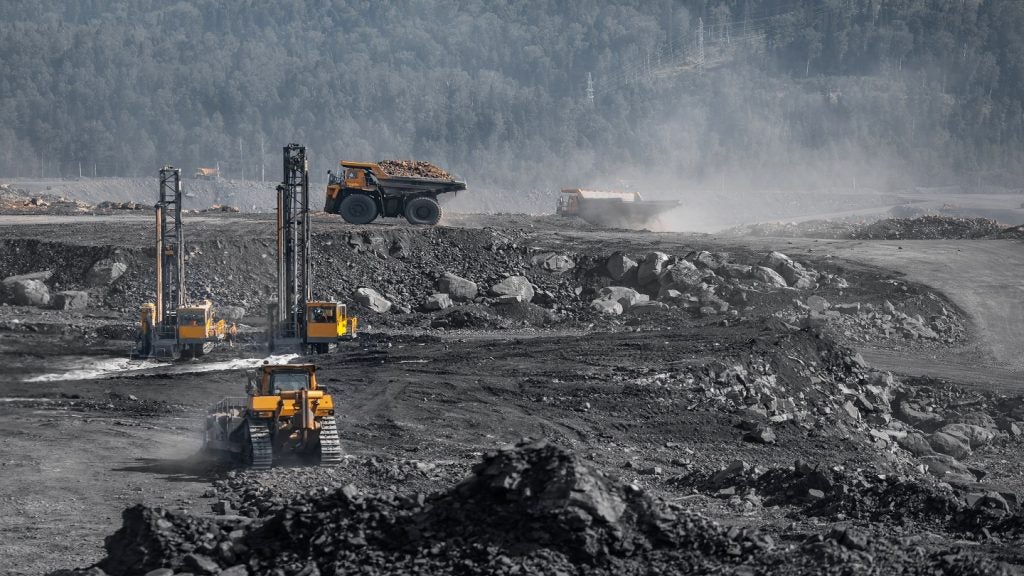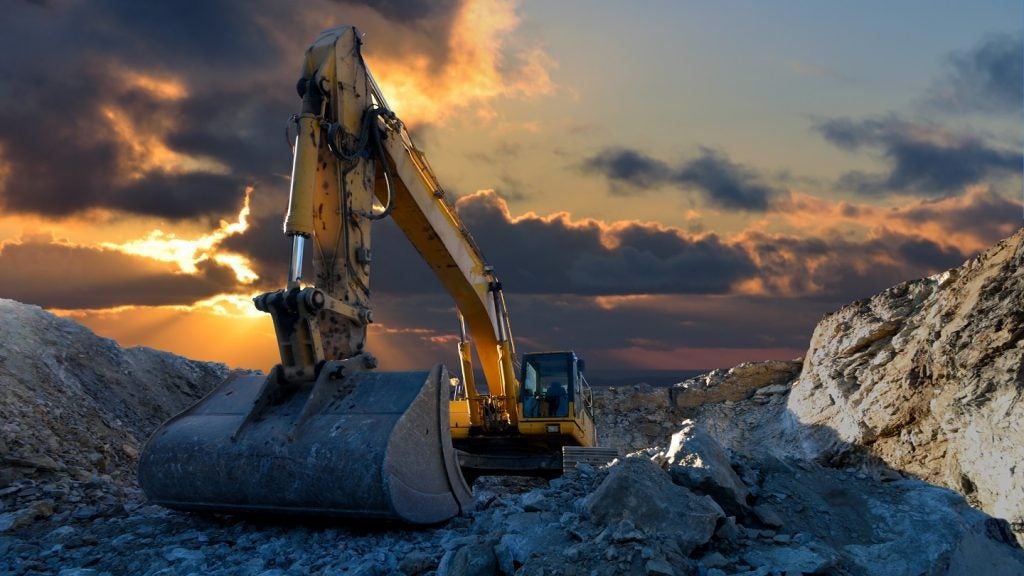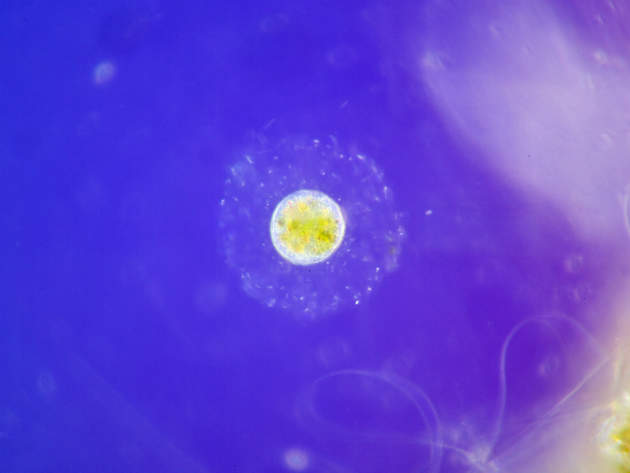

A world-first project will apply genomics technologies to mining operations with the goal of developing biological tools that can monitor, manage and even harness the power of the bacteria present in wastewaters, which today are causing significant environmental damage. Not only important from a science perspective, the project has attracted the industry’s attention because of its focus on how this research can be integrated into operational and corporate decision-making.
Sulphur is a common constituent of mining waste and scientists have known for many years that bacteria capable of using these sulphur compounds as energy for metabolism are involved in their alteration, a process that can lead to environmental issues such as acid rock drainage (ARD).
What we have not yet managed to find out is how they’re doing it, a question that an international, multi-disciplinary research project, funded by Genome Canada and led by Dr Lesley Warren of the University of Toronto, has taken on the challenging of answering over the next four years.
“Until very recently – the last 20 years – we have lacked the tools to actually investigate what these bacteria are doing so bacterial processes in mining wastes have largely remained a black box,” Warren says. “With new genomics technologies, we can now investigate the DNA of these bacteria and identify their metabolic capabilities, which give us insights into how they are cycling sulphur.”
Biological tools: critical to the viability of 21st century mining
The goal of the project is to identify biologically informed indicators to understand exactly what these bacteria are doing that impacts wastewater quality. These indicators would then provide proactive levers that mines could use to manage their water more effectively. On top of this – and most excitingly for Warren – the team also hopes to develop biological treatment strategies based on the new understanding of which bugs are present and their capabilities.
How well do you really know your competitors?
Access the most comprehensive Company Profiles on the market, powered by GlobalData. Save hours of research. Gain competitive edge.

Thank you!
Your download email will arrive shortly
Not ready to buy yet? Download a free sample
We are confident about the unique quality of our Company Profiles. However, we want you to make the most beneficial decision for your business, so we offer a free sample that you can download by submitting the below form
By GlobalData“We could essentially use [the bacteria] to treat wastewaters themselves, getting companies away from having to reactively respond to issues by using chemicals,” she explains. “Smarter management and treatment strategies will decrease the risk of environmental impacts and thus financial liabilities, improve operational efficiencies, decrease chemical and energy costs associated with current more traditional chemical treatment approaches and provide more robust strategies for closure planning.
“These tools will enable more sustainable environmental management for the sector as a whole. Given that the costs of environmental management are becoming a bigger and bigger business driver, these kinds of tools are critical to the viability of mining in the 21st century.”
Scientific breakthrough: just the beginning
While the science underlying the research is unquestionably cutting-edge, it’s only one aspect of the project, which brings together the expertise of an international team of researchers from five different institutions and was developed in partnership with three mining companies, two environmental consulting companies, provincial and national sector industry associations and the government.
Alongside the biological tools that will be developed following investigations of the wastewater and receiving water at three mine sites, the project will also result in the creation of a risk and decision-making framework designed to act as a bridge from research outcomes to potential wastewater solutions that are fit for purpose and can bring measurable benefits to tailings management strategies, operational planning and day-to-day management and monitoring in mines.
The framework, the development of which will be led by global consulting firm Advisian, will also integrate environmental, social and economic dimensions into project decision-making to ensure the concerns of multiple stakeholders, including regulators and the interests of local communities and the environment, are deliberately and practically considered in the development of solutions.
“One of the biggest benefits for me coming out of this project will be the effective interface between industry and research,” Warren says. “We developed this project directly with them and to me that’s really important because it has made sure that the science objectives are really grounded in what the industry needs, and are defined in a way that’s going to lead to tools that they can use.”
She also believes that this model has the potential to be used much more broadly, saying “visionaries in the industry have been looking at the very rapidly changing context of mining and the need for the industry to be more sustainable.
“And while the science itself will open new doors, these tools that can take new science or new understanding and bring it into decision-making are almost more important as they are going to be useful across a variety of questions the industry will have.”
The sky’s the limit
At present, the project is just getting out of the starting gates, with research set to kick-off in earnest this summer. “Next steps are to begin the bacterial and geochemical characterisation of the wastewaters and receiving environments of the three mines involved and begin development of the decision-making framework that will translate the findings into effective tools in partnership with our industry partners,” Warren explains.
The biologically informed tools created from the research will initially be monitoring tools, such as assays for certain bugs, certain enzymes they may contain or certain combinations of sulphur compounds that are present at certain chemical conditions.
“Usually the signal for a mine that they’ve got a biological issue is that their models don’t predict it, because they’re lacking all this biologically integrated understanding,” says Warren. “We would be able to take the characteristics of that context and say, ‘we know what’s going on; we can help you prevent this and treat it biologically before it becomes a big problem.’”
There’s no question in Warren’s mind that the first set of biological monitoring tools will be ready within the four years allocated to the project, with biological treatment tools following in five to ten years. Bacterial processes also play a big role in other areas of the mining industry such as bioprocessing and heap leaching, so in the future the same principles could also be applied to improve the efficiencies of these processes.
Then, the sky’s the limit. “We’ve seen, particularly in health, that the more we investigate bacteria across all of these contexts, the more opportunities we’re going to have to do things in a much smarter way,” Warren concludes.



